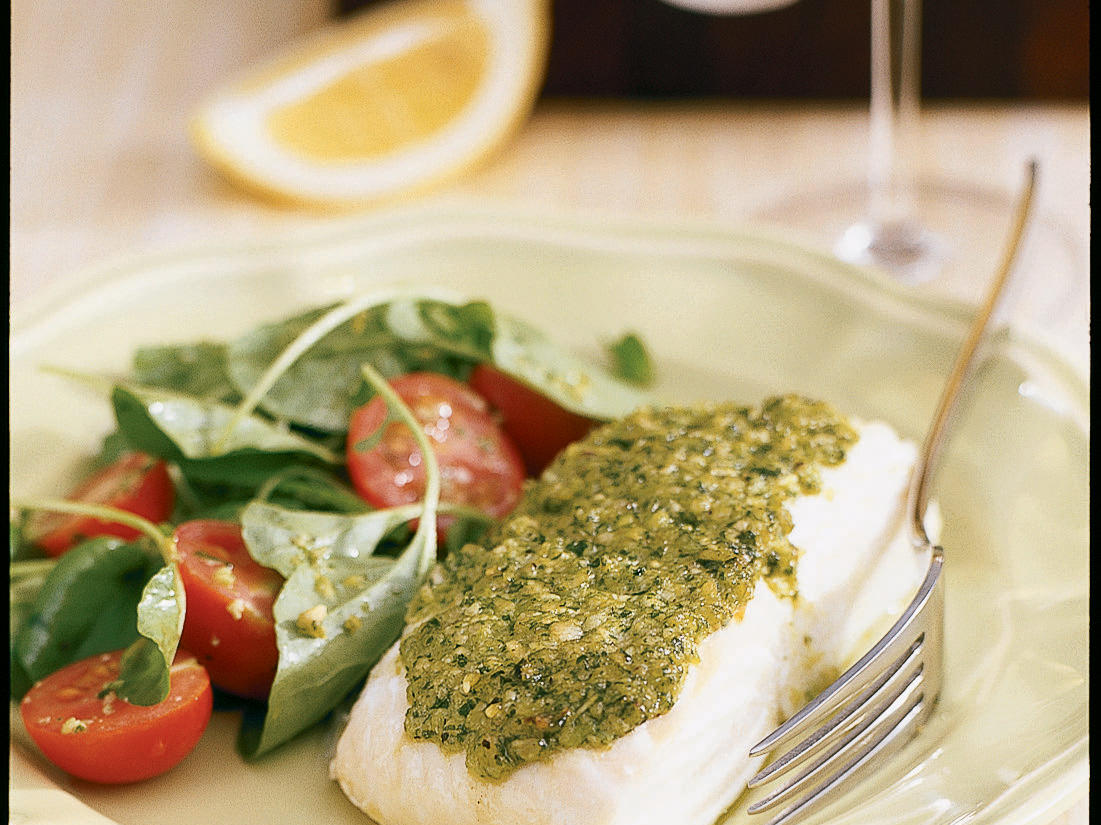
Watercress: clean green

Hot Beef and Wilted Watercress Salad
Wearing rubber boots, David Sumida stands ankle-deep in a pond of water carpeted with green. He waves foot-long leafy green stems in the air to make his point: “Watercress is the cleanest vegetable around. There’s no mud ― it grows on a bed of gravel in springwater. It takes one million gallons of water a day to grow 1 acre of watercress.”
Here at Sumida Farm, a 10-acre oasis surrounded by four shopping malls in Oahu’s Pearl Harbor basin, Sumida and his sister, Barbara, grow watercress, as the family has done since 1928. Threatened with development, the third generation stubbornly remains. “We’re here because it’s the best location to grow watercress in. Pure springwater from the Ko’olau Range bubbles from below, but no mountains block the sun,” explains Sumida. This indeed seems to be an ideal place: long days of strong Hawaii sun produce bouquet-size bunches of watercress for bright island cuisine.
Although Sumida watercress is available exclusively in local island markets, mainland-grown watercress packs an equally distinctive peppery bite. This pretty leafy green, wherever it’s grown, adds punch to salads, soups, and sauces.
